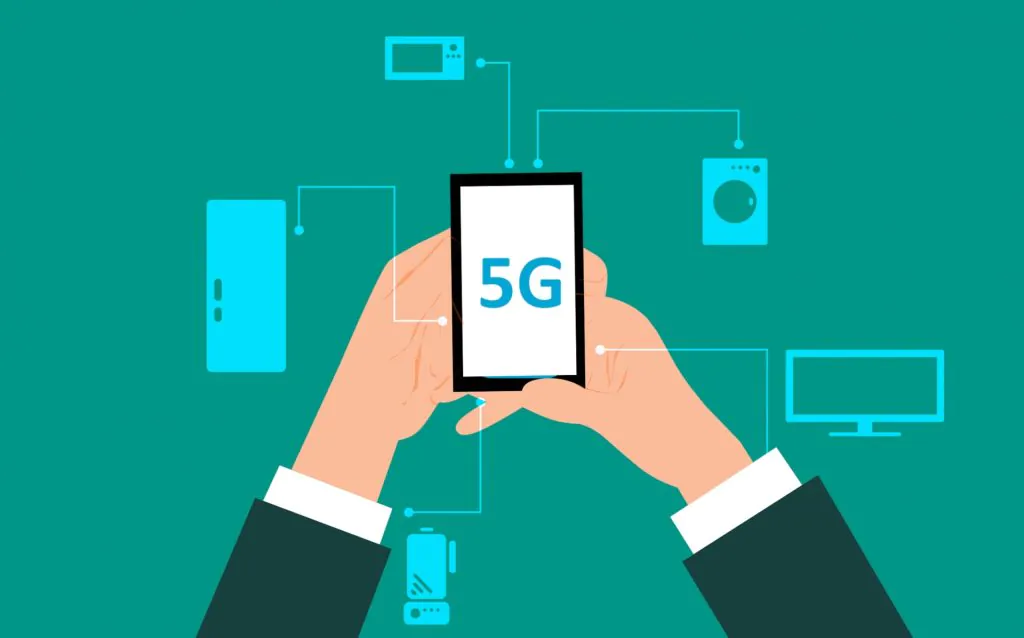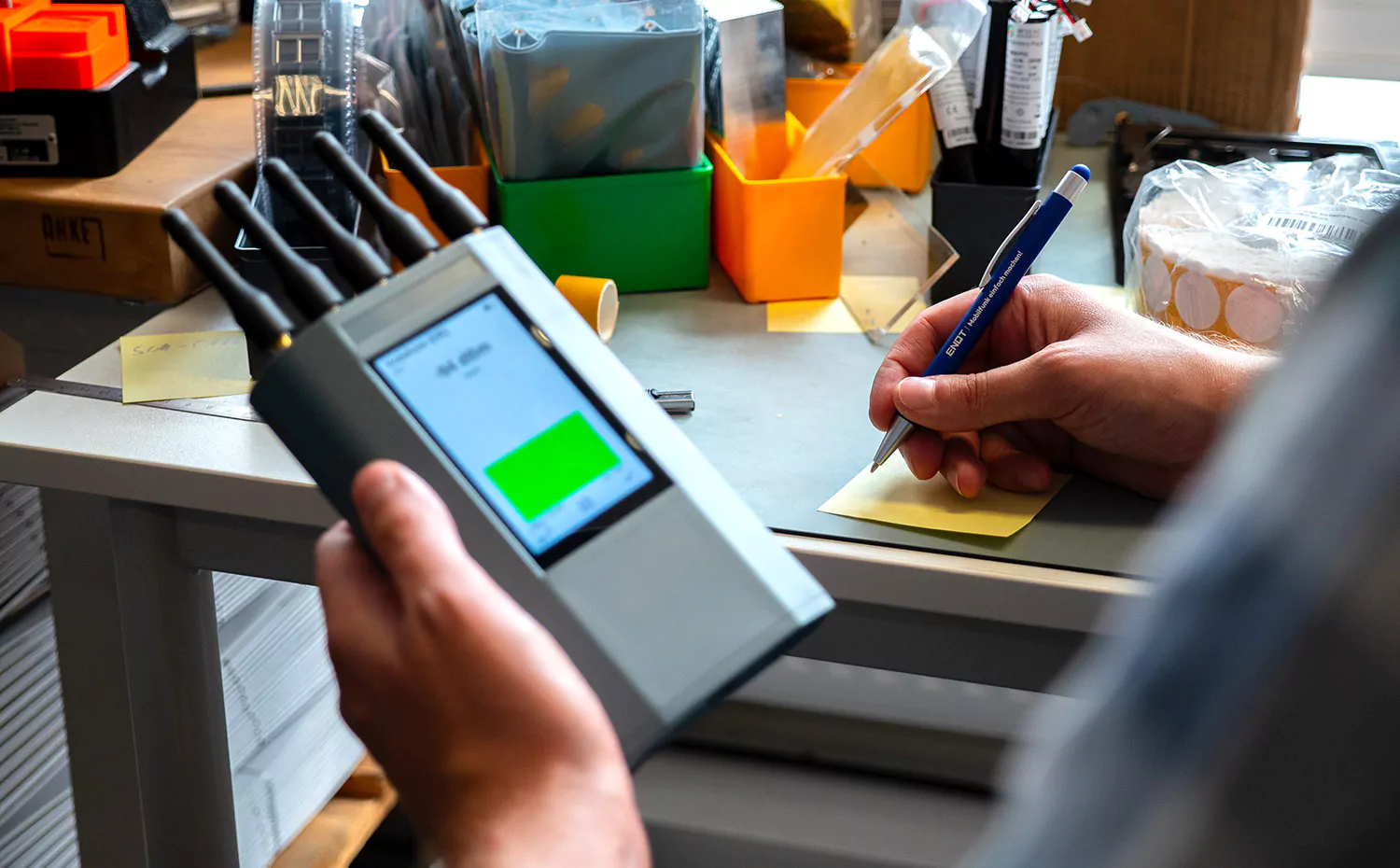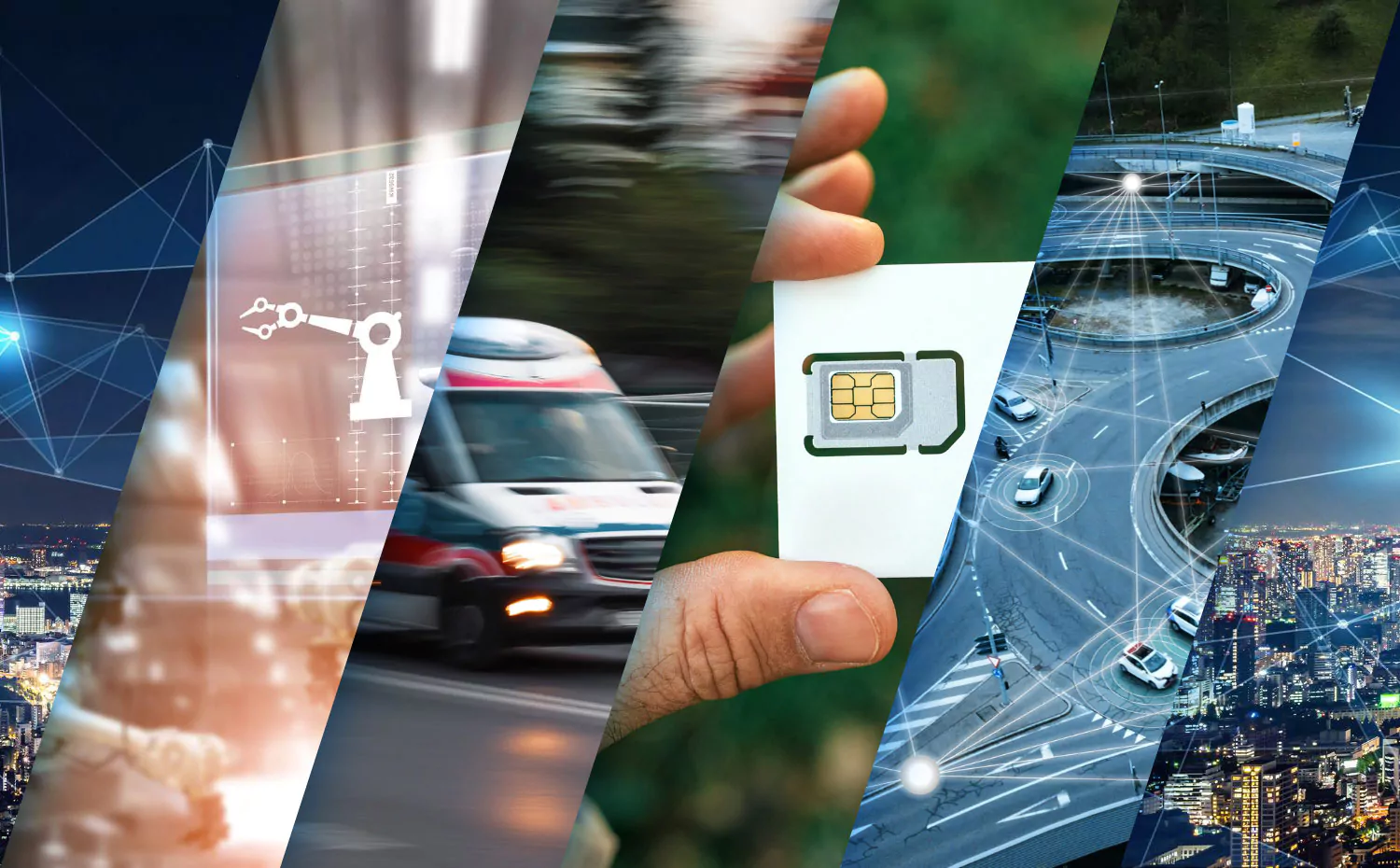5G achieves data transmission rates up into the gigabit range (read the first part of this series) , for more detailed information on speeds and frequencies). But it’s not just the data rates that are increasing. Compared with LTE, 5G also improves latency in particular. This opens up completely new areas of application and mobile use for 5G. The following article explains what latency is and what the latency differences are between LTE and 5G.
What is latency?
Latency, or latency time, is the time it takes for data to travel from its source to its destination. Along with the data transmission rate, it is an important quality indicator of any data connection. In packet-oriented data networks such as IP-based mobile networks, latency is often determined using packet round-trip time. It measures the time that elapses before the response packet to a sent data packet arrives. Packet round-trip time includes the latency of the round-trip and the processing time of the packet in the destination system. An alternative term for packet round trip time is round trip time (RTT). For IP-based networks, the ping command is available for measuring the round trip time.
What factors influence latency?
Numerous factors influence the latency of a data connection. These influencing factors include the physical propagation speed of the signal (for example, in a cable, in an optical fiber or in a radio frequency band), the type of packetization, the runtime of the data packet, the buffering of the data packet, the processing of the protocol headers in the network nodes involved in the data transmission, the error checking of the data packet, any congestion situations on partial links, the properties of the transmission protocol used and much more.
Which applications require short latency times?
While a latency of up to several hundred milliseconds is acceptable for a file download or a voice connection, other applications require much shorter latency times. These include the so-called real-time capable applications such as autonomous driving, networked machines and processes of Industry 4.0, virtual and augmented reality, or medical technology applications. A self-driving, networked vehicle, for example, expects an immediate response to a transmitted data packet. This is the only way it can react correctly to a detected traffic situation in a reasonable amount of time.
Typical latencies in LTE and 5G mobile networks
Compared with the predecessor standards 2G or 3G (UMTS), the latency in LTE networks has been greatly reduced. It is generally in a range between 15 and 50 milliseconds. In 5G networks, the latency is significantly lower again. Latency times in the single-digit millisecond range are possible. In the optimum case, a latency of just one millisecond and below is even achievable. The 5G standards explicitly provide for this short latency in the millisecond range. The 5G application profile “Ultra Reliable and Low Latency Communications” (uRLLC) is defined for this purpose. It is especially suitable for time-critical applications, with minimal latencies and extremely reliable data transmission. With the help of so-called network slicing, the uRLLC application profile can be deployed in a kind of virtual network partition of the 5G mobile network. The low latency in the single-digit millisecond range is achieved, among other things, via a network of closely meshed radio stations (microcells) connected by optical fiber, edge computing, an extended frequency range and special transmission methods.



